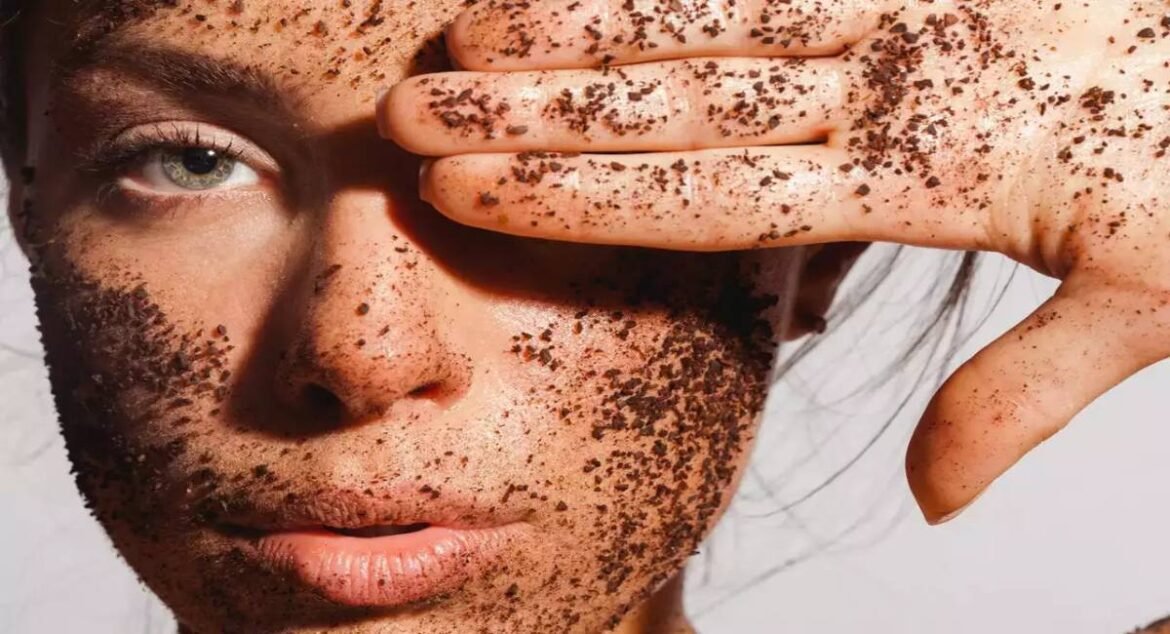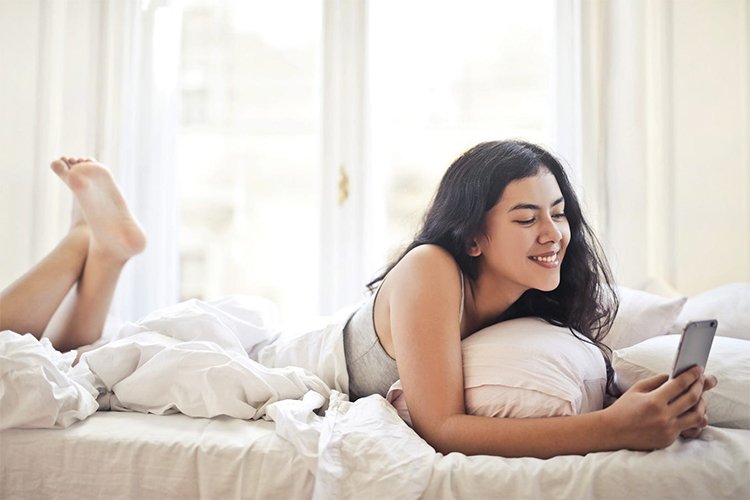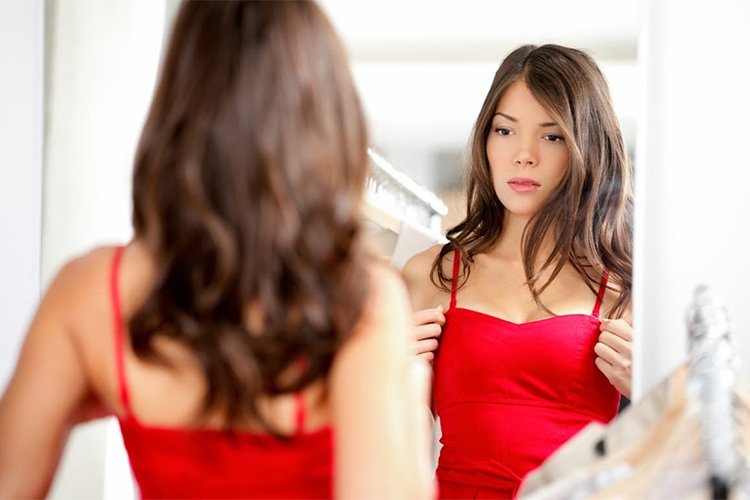
In the complicated dance between beauty and confidence, there is a deep connection that goes beyond fleeting trends. The interaction of psychology in shaping the perception of beauty and promoting self-confidence forms the core of this study. In a world where trends come and go, the enduring essence of beauty is tied to the complex psychology of self-image, self-esteem and the empowering power of self-confidence. As we venture beyond trends, we aim to uncover the deep psychology underlying the pursuit of beauty and the transformative impact it has on the development of self-confidence.
At its core, beauty is a psychological construct shaped by cultural, social and personal factors. The perception of beauty is not a fixed entity, but rather a malleable concept influenced by various elements ranging from historical ideals to contemporary media representations. Understanding the psychology of beauty requires addressing the complex web of cognitive, emotional, and social factors that contribute to how people perceive and evaluate beauty.

Beauty is not just an external construct; It is closely related to the way the individual perceives themselves. The Mirror of Self-Awareness reflects a psychological journey that includes self-esteem, body image, and the complicated dance between self-love and self-criticism.

In the digital age, media plays a central role in shaping ideals of beauty and influencing the psychology of the individual. The relentless portrayal of idealized images can lead to unrealistic standards and affect self-esteem and self-confidence.
Beauty rituals that include skin care routines, makeup application, and hair care practices are not mere external activities; They have psychological significance in promoting self-care, self-expression and a sense of empowerment.

The deep connection between beauty and self-confidence is a psychological dynamic that influences various aspects of a person’s life. Confidence is not just a product of meeting external beauty standards; It is an internal state characterized by self-awareness, self-esteem and the ability to embrace one’s own unique beauty.
Navigating the complex landscape of beauty and confidence requires conscious steps to develop positive beauty psychology. These steps include self-awareness, self-compassion, and a shift toward a holistic view of beauty.